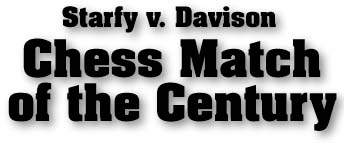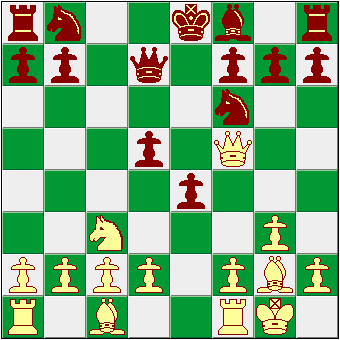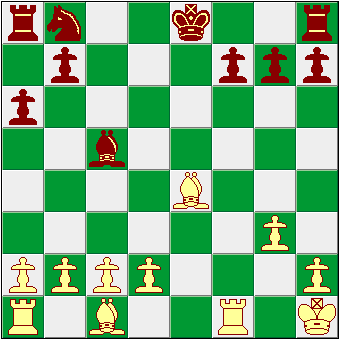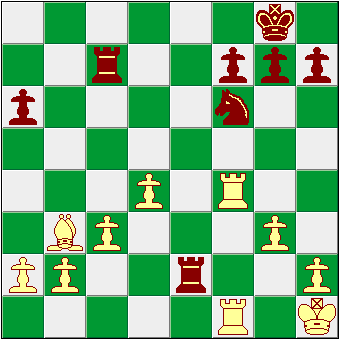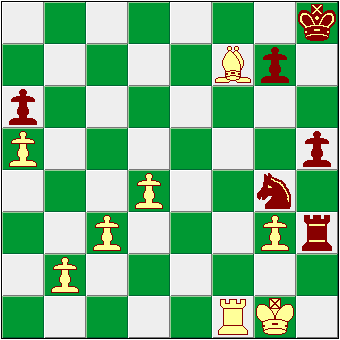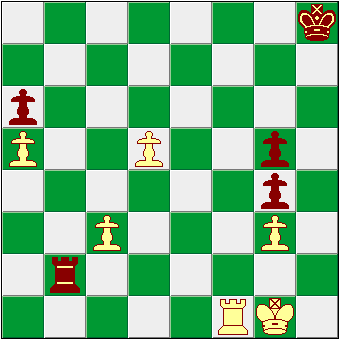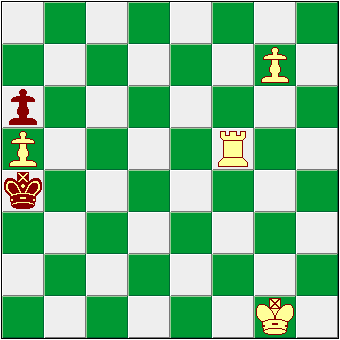In what promoter Ty Davison is calling an event offering "sure-fire mano-a-mano action," long-time chessic rivals Allen P. Starfy and Ty E. Davison have agreed to face off over the virtual chess board on May 22, 1998 at 9 PM PST. This free event is open to viewing by the general public, and instructions on how to view the webcast follow the conclusion of this article.
"As many people know," said Davison to the assembled media crush at today's press conference, "These two gentlemen have a rivalry unlike anything seen in the annuals of recorded sports history. Fischer and Spassky? Nothing. Kasparov and Karpov? Nothing. This is the real deal."
Immediately following this statement, at least three members of the press corp.—all chess players themselves—were admitted to Mercy General Hospital with a various of sprains, strains and bruises after falling out of their chairs from laughing too hard. Two other people in attendance at the media event, also chess players, were given intravenus fluids to stop the dehydration which accompanied continuous, uncontainable tears of mirth.
Davison, unbowed by this reaction, continued, "Never before have two such magnificent competitors—thoroughbreds, really—been brought together for what some have called the 'Chess Match of the Century.'"
When asked specifically who had made such a statement, Davison said he couldn't remember the specifics, that it might be his cousin Vinny, and that he would need to get back to us. A background check revealed no one named "Vinny" in Davison's immediate or extended family, leading to speculation on the part of the media that Davison had either fabricated the story or that he'd begun talking with animals again.
"This will be a chess match to end all chess matches," said Davison, clearly well-versed in clichés. "It'll be chesspectacular!"
Five more members of the media were admitted to the hospital upon hear this phrase. Their prognosis appears grim.
Las Vegas bookmakers, who have refused to offer odds on the chess match, are nonetheless giving 5 to 1 that Davison has lost most, if not all, of his marbles. So far the bookmakers say that no bettors have come forth, but we'll continue to follow this story to its sordid conclusion.
How to Watch the Action
1. Go to the FICS web site, enter the Download section, and select the software for your type of computer system. I recommend downloading the most popular program for your particularly computer platform.
2. After the download is complete, install the FICS software.
2. Connect to the Internet via your Internet Service Provider.
3. On May 22 at 9 PM PST, run your FICS program and log in.
4. Once you're logged in, type "Observe Esmark" in the command line. This should take you to the match between Al Starfy (aka "Alpatzer") and Ty Davison (aka "Esmark") if the game board has been set up. If you see the message "Esmark not logged in" or "Esmark is not playing a game," the match has not yet begun.
5. During the match, please refrain from offering tips or hints to the contestants. Also, be aware that there are no time restrictions being placed on this game, so there may be a slight delay between moves while the players try to figure out how to salvage their game from the blunders that have led up to the complex position they find themselves in. Thanks for understanding.

